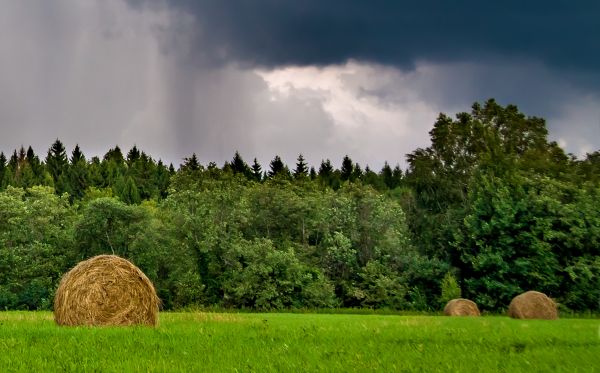Pulwama: Climate change is showing its impact in Jammu and Kashmir. Experts have noted that during the past two decades there has been an increase of 1.2 degree Celsius to mean temperature. Long dry spells, early snowfall, delayed harvest, untimely rainfall and flash floods are some other signs.
Experts believe that climate change can severely impact agriculture by reducing production and yield of different crops.
They urged farmers to learn to adapt to climate change so that its impact is minimized.
The experts believe that this demands a shift to latest technological interventions in farming like plantation of climate resilient varieties and usage of real time weather knowledge in agricultural practices.
Dr. Sameera Qayoom, Professor and Head of Agrometrology, at SKUAST -K ( Sher-e- Kashmir University of Agriculture Sciences and Technology-Kashmir) said that Agrometrological Advisory Services ( AAS) is a tool which helps farmers to adopt to the climate change.
AAS, also named as Gramin Krishi Mausam Seva ( GKMS), involves collection of climate, soil and crop information and assembling it with a weather forecast to help farmers in taking a particular decision regarding agriculture. This is prepared by the Indian Meteorological Department ( IMD) in association with various agriculture universities.
The Professor said that they prepare AAS for 104 blocks of Kashmir which are fed to end users through different channels including print and electronic media.
“We have 7000 registered farmers who receive this Agrometrological Advisory Bulletins through SMS and we have 21 Whats app groups from each district through which it is forwarded to end users,” she said, adding that they also update area specific agromet advisory on a mobile app, Meghdoot, developed jointly by IMD, IITM( Indian Institute of Tropical Meteorological) and ICAR ( Indian Council of Agriculture Research) through which farmers can access real time forecast for their place.
She added that they have a number of progressive farmers on the mailing list for agromet advisory.
“Besides our Facebook and Twitter pages are also updated with agromet advisory and as per our website around 3 lakh farmers have benefited from it,” she said.
She said that IMD established an agromet unit here in 1995 and they have an observatory in the University.
“Every day we take three readings for different parameters of weather at the observatory and then send it to IMD Pune which prepares a forecast for next four to five days,” she said, adding that on the basis of the forecast they issue an advisory to farmers.
She said that the agromet advisory bulletin has different components including farming, dairy, pisciculture, apiculture, horticulture, sericulture and other allied sectors of horticulture.
She said that it has been observed that adaptation of AAS has enhanced yield of crops and economies of farmers by 20 to 30 percent.
She illustrated it by giving an example of November snow in the upper reaches of Shopian.
“ The orchardists were advised three days before the snow to shift the harvested apple to safer places and they were also advised for pruning of apple trees,” she said, adding that these two measures saved farmers from damage to the plucked apple and standing trees.
The professor also said that they also use agromet advisory for managing different plant diseases.
Experts urge farmers to use ‘Agrometrological Advisory Services’ to mitigate climate change

Leave a Comment
Leave a Comment








